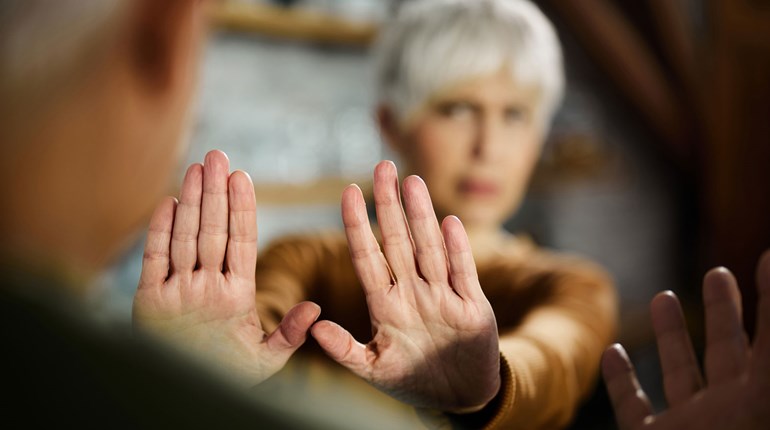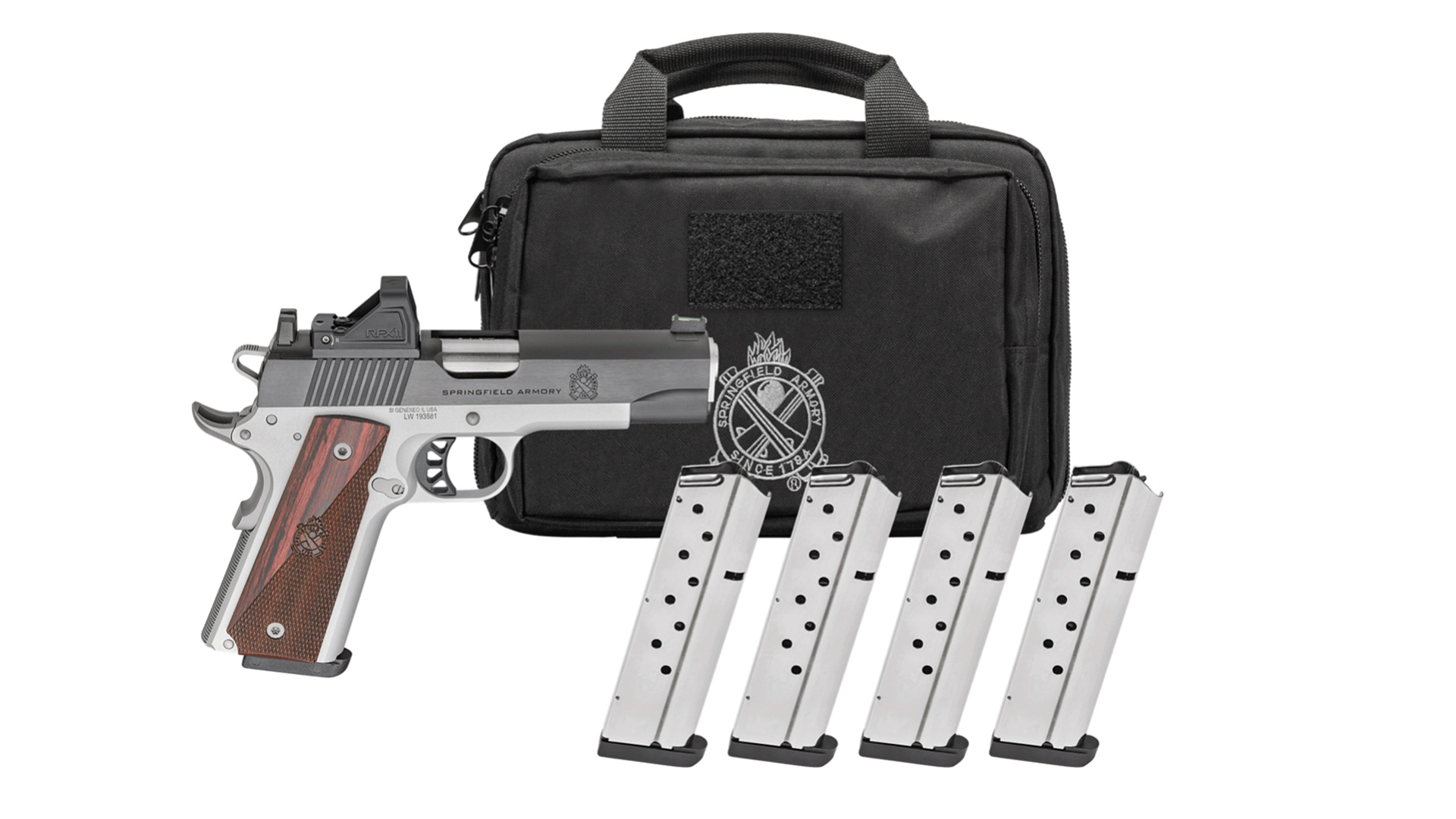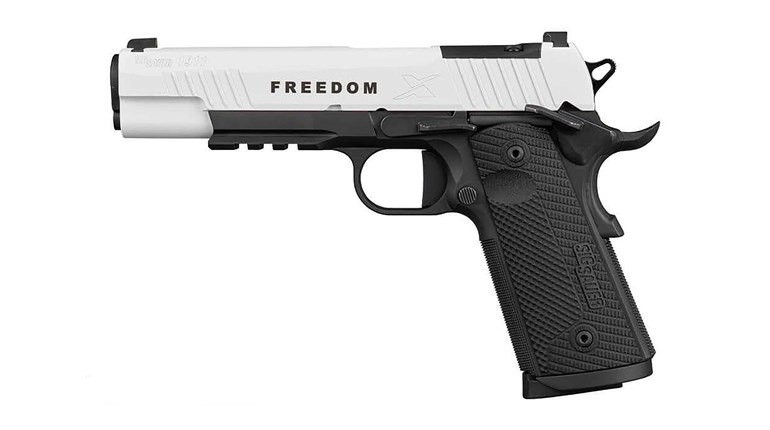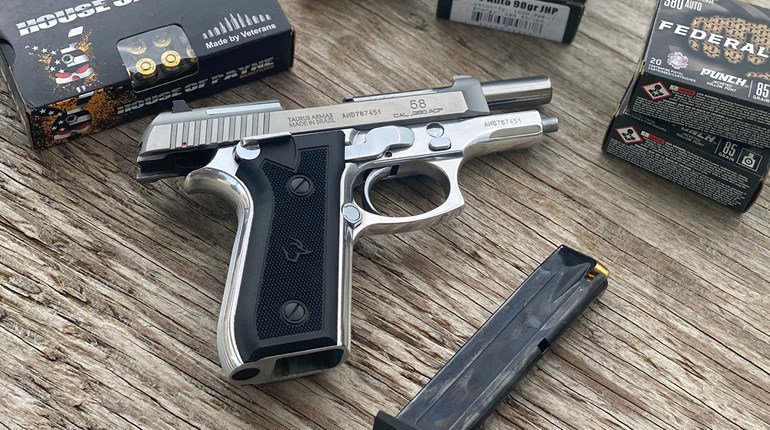
Part II can be found here.
A fight—a gunfight in particular—is one of those places in life where your "thinking" needs to be done ahead of time. There is this common dictum that you will "fall back on your training" whenever the feces hits the impeller. Make no mistake about it, you will, regardless of whether the training was good or horrendous.
It is interesting that when there are conversations regarding training, people—more often than not—point to their concealed-carry class. One should remember these are ultimately "qualification courses" set forth by legal mandate, and any "training" one might do there is generally the bare minimum.
Bare-minimum qualifications for a carry permit may be an irritating compromise for the armchair constitutional scholar, but it is, I assure you, ill advised for contending with a lethal-force encounter with the bad men of the world. It is there that you need to prevail, and prevail so well that you can avoid death and, later, the outside scrutiny for the use of force.
The internal ones never leave you.
A gunfight, on your end, will no-matter-what begin in your head. The mind is compelled make an initial reaction, then it must assess the situation and then choose what information packet to dump to the body in order react accordingly to the decision that was arrived at a nanosecond before.
The choices are in raw form. Flight or fight. For our purposes here, we choose fight.
Yet, what we know as we continually progress in the advancements of better techniques and training is the gun is not the sole determining factor in winning a gunfight. Bear in mind, marksmanship still matters—a lot—but so does continually practicing and training. Yet most of us, for one reason or another, find excuses not to do either.
In some instances, it may be completely practical: The inaccessibility to a range on a regular basis, the lack of funds at times or, as we all have found out, sometimes there simply isn't enough ammunition to go around. That doesn't mean one cannot continue to train, fight and instill a winning ability into one's mind and muscle. And it can be done without firing a shot.

When the brain comes to the conclusion to fight, signals go to the hands and not the feet. Therefore, the hands must respond accordingly, and they do so better when they are well practiced, well worked and bear the strength necessary to complete the task.
Without question one of the best things is to unload your pistol, then buckle, snap, slip, clip or whatever you need to do to put your holster on and work on drawing, aiming and dry firing. But there are additional methods one can utilize to you build up some hand speed, train your body and mind without breaking the bank.
For developing or improving upon hand-eye coordination, a punching bag is a very valuable asset to own. The misplacement of thought almost everyone has when encountering a "heavy bag" is that they should walk up and slug it as hard as they can four or five times, but the bag is ours to use as we see fit. Since my gym doesn't have the small, lightweight speed bags normally associated with hand speed work, I use the 6.5-foot, 80-pound bag to achieve the same goal with a bonus.
Instead of focusing on hard powerfully swung punches with my hands wrapped, I strike the bag with a traditional-style punch as fast as I can, making basic light contact and with equal speed get that hand off the bag while simultaneously switching to my other hand. My personal routine is to do this as fast as I can for 30 seconds, then break for a minute or so for a "rest." I'll repeat this three or four more times, or rather "sets," and I do this three times per week. In the process, I'm also working on my balance and where my feet are best situated.
The key element to remember in starting out is the over arching goal is to improve hand coordination with speed coming later as things develop. You have to look at the bag and dismiss the notion of slugging it out. You are simply using a big package to develop a localized skill. In the process, you get dual return on your investment as your overall balance improves and your hand and forearm strength increase. This in turn helps you better operate your handgun.
Do not focus on trying to be Jerry Miculek, Bruce Lee or Mike Tyson. Focus on improving your speed and coordination, and be consistent about working on it.
From an at-home perspective, punching bags come in all weights, sizes and prices. A new one might run more than $100, but you might be surprised to learn they can be found relatively cheap online. I bought an 80-pound bag a couple of years ago to work on "dead man" carries—where I pick it up off the ground, put in on my shoulder and walk/run with it—for about $35. Should price deter you for one reason or another, allow me to point out I still have, and use, my first bag that was given to me in 1986.
On a side note. If I were buying a new heavy bag today and wanted to do it right, I'd buy one covered with the rubberized coating over the traditional canvas bag.
After the heavy bag, a second non-shooting way to work on hand eye coordination is to hit the batting cage. It's a cheap, effective and commonly placed way of working out everything you do at the range with a few added caveats.
For those of us who are continually sparing at the gym or dojo, getting hit, shoved and thrown around helps to prepare physically and mentally for being struck and having to strike. If you cannot take part in such activities, the batting cage may give you a place where you can work on a small variety of skills both mentally and physically without anyone else realizing what you are doing.
The batting cage allows those of us unfamiliar with the aggressive and fast physical contact that can occur in violent encounter to get a very minor understanding of a few separate elements that happen all at once. Being able to connect with the ball and staying on your feet requires proper balance, yet in practicing such things, most of us have to have a specified purpose. Hitting the ball takes care of that. Much like being ready to fight, shoot or do both, in the batting cage you want your feet shoulder width apart, with your weight almost entirely on the balls of your feet.
When the ball comes in at whatever speed you choose, it forces your brain to contend with fighting the flinch. It also makes you deal with being physically impacted—albeit in a minor way. That is important, because if you are not able to find a way to feel your body impacted in some training regime, you are going to be very, very surprised, no matter how mentally ready you think you are, should something go down in the street.
I know, I know. You have your gun. You will defend. That is well and fine, but one has to remember that we do not know how an attacker will attack. If your mindset is centered around the 7-yard mugger scenario, I've got some news for you: Real life is not scripted, and you need to abandon that thought process immediately.
After all, Murphy's law of "anything that can go wrong, will go wrong" is just as applicable to the world of self-defense as it is anywhere else. That is why we train in the force continuum, run stoppage and clearance drills, shoot weak handed and carry spare magazines. It's also the reason we should train to operate over broken or unseen ground.
Never assume you know what a fight will look like, how it will start or where it will be. Broken ground doesn't have to translate to a firefight in some far off highlands full of loose shale. Just ask anyone who ever had a houseful of kids with toys, or a New Year's Eve party five hours after the fact. Being able to have an effective relationship between your feet and your mind while maneuvering through bad circumstances, with or without a defensive firearm, is a fundamental skill on which everyone should continually train.






































